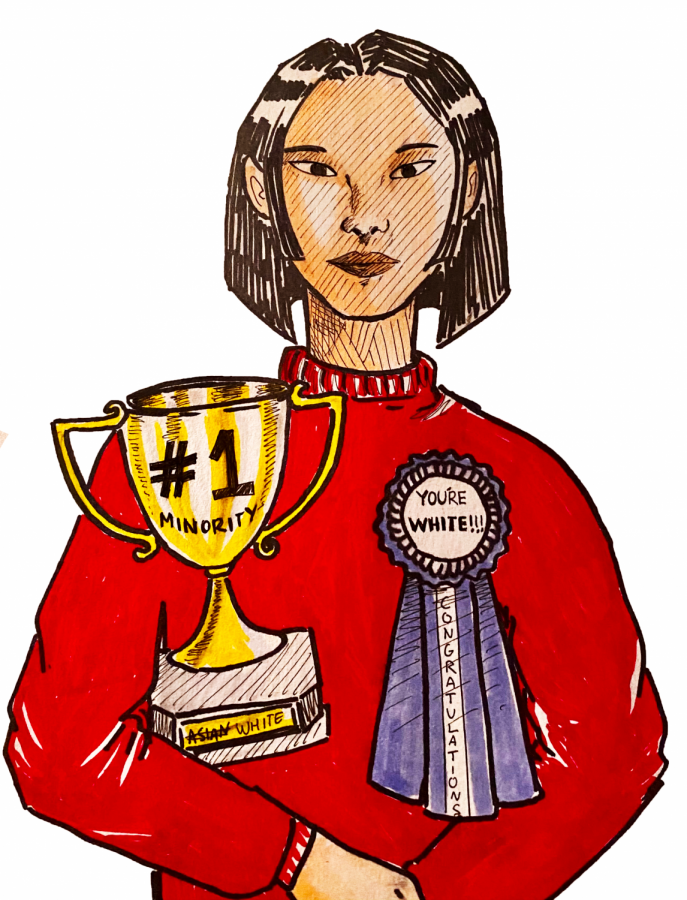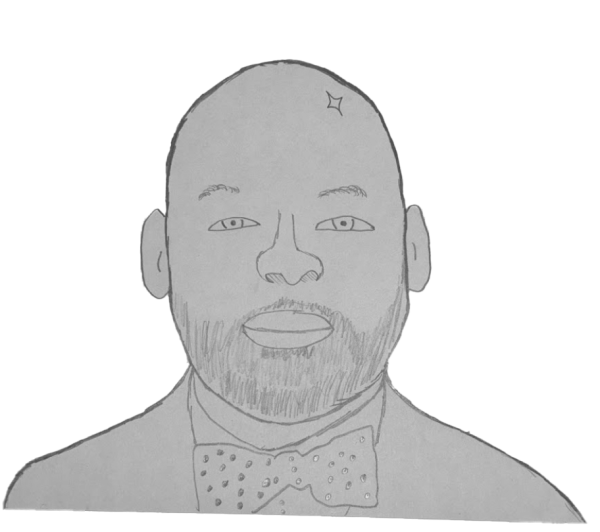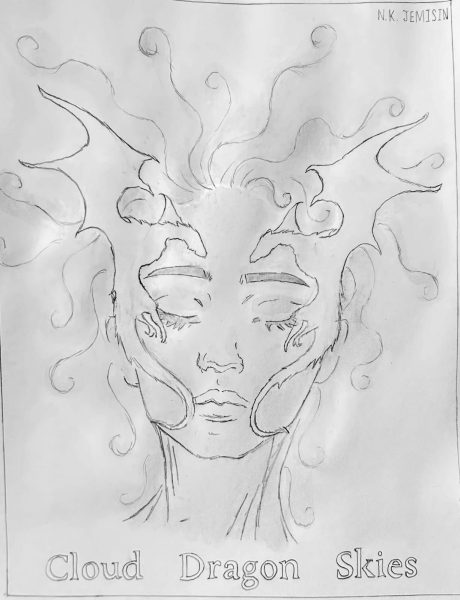America’s Top Minority
The recent decision at a Washington school district adds to the history of Asian injustice.
This past month, North Thurston Public Schools district in Washington made the controversial decision to remove Asian students from the ‘students of color’ label, instead grouping Asian and white students together in a report on the district’s achievement gap chart.
The data was published to shed light on the opportunity gaps between different groups of students, but the move attracted harsh criticism online. The school district has since revoked this report and issued an apology. However, the decision by the school district is emblematic of harmful generalizations about Asian individuals in the United States.
“Asians should be students of color because they have been [considered so] for many years,” junior Sam Lopez, who is Filipino, said about the report.
This idea in American society, that Asian Americans are different from other minority groups, is nothing new. It’s known as the model minority myth, which is the narrative that one minority group is inherently smarter and more successful than others. Its origin traces back to comparisons between minority groups, and its strategy of arguing that the struggles of these groups, especially Black Americans, can be overcome by acting like the ‘model minority’. This myth has historically been associated with Asian Americans, particularly Asian students, and has caused harm within Asian communities across the United States.
“I’ve seen stereotyping in younger places like elementary school where Asians are pressured to be smarter. I feel like that has put false identities and ideas in the Asian communities,” Lopez said. “That idea has spread to parents and made them put more pressure on their kids. It is very damaging because many people try to become that model minority in school.”
This communal and societal pressure is dangerous for Asian students, and the model minority myth furthers the challenges facing various Asian communities across the United States.
Asia, being the world’s largest continent, is one of if not the most culturally diverse areas in the world, containing many distinct ethnic groups, each with their own unique culture. The myth generalizes the great diversity of many Asian cultures, erasing the differences among them, and groups the entire population into one idea of the stereotypical Asian individual who is hardworking and obedient. This generalization ignores the modern reality that various subgroups have contrasting experiences in society, such as the pay gap between different Asian ethnicities.
While the model minority myth is nuanced and harmful, solutions to combating it don’t have to be complex.
“Just bringing more awareness to the idea [of the model minority]. Attacking the idea head on, and talking more in public settings about it would help,” Lopez said.
Like other social justice issues, education, and awareness of the problem is a strong way to start, making schools a great place to take on the myth.
“High school brought up the idea of a model minority because we started talking about stereotypes,” Lopez said. “It helped with the myth because it showed us that communities are what you make out to be and not what others make it.”
Dismantling the model minority myth would allow Asian students to be free from the societal pressure and generalizations put upon them, and recognize their individual cultures.
“The Asian culture that I’ve been raised in has helped shape my work and school identity. Being Filipino inspire[s] me to better represent my community,” Lopez said.
Griffin Hintze is a senior and this is his second year on The Messenger. He is the sports editor for this years issue. He is excited to bring his experience...





